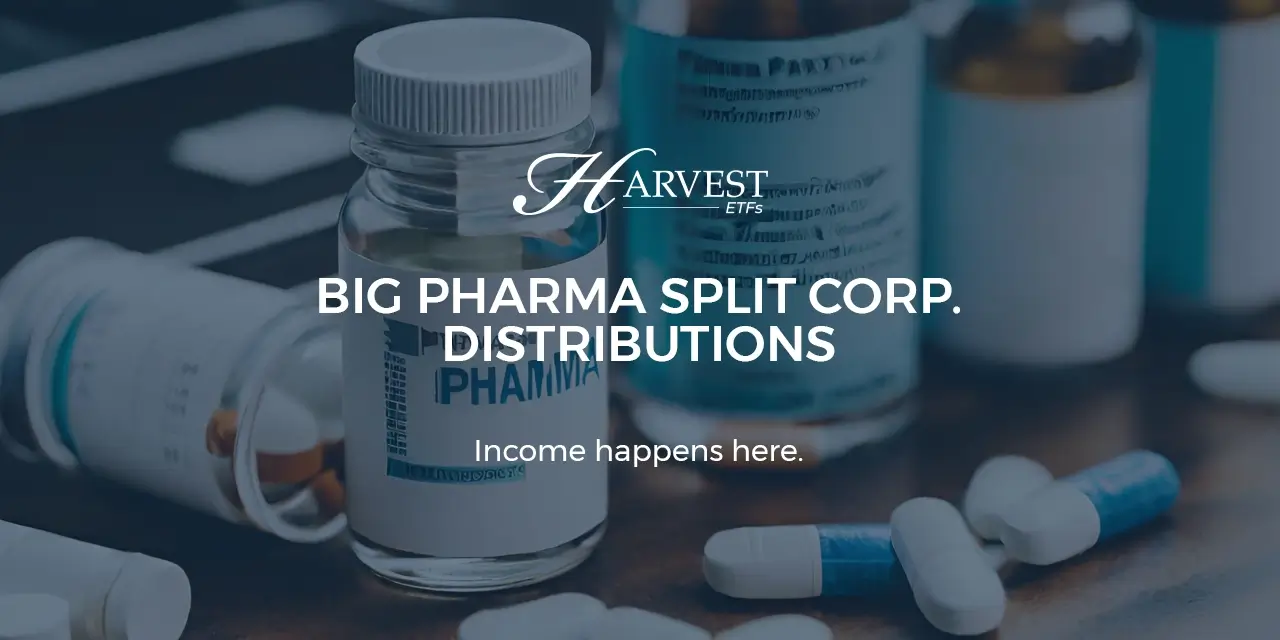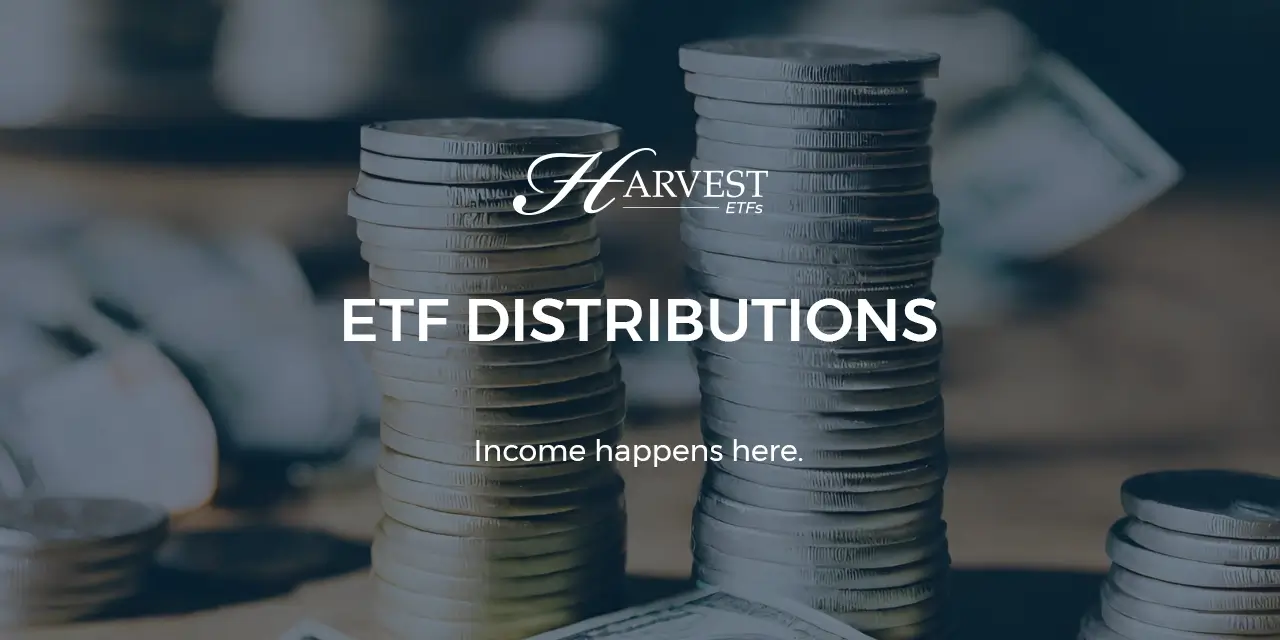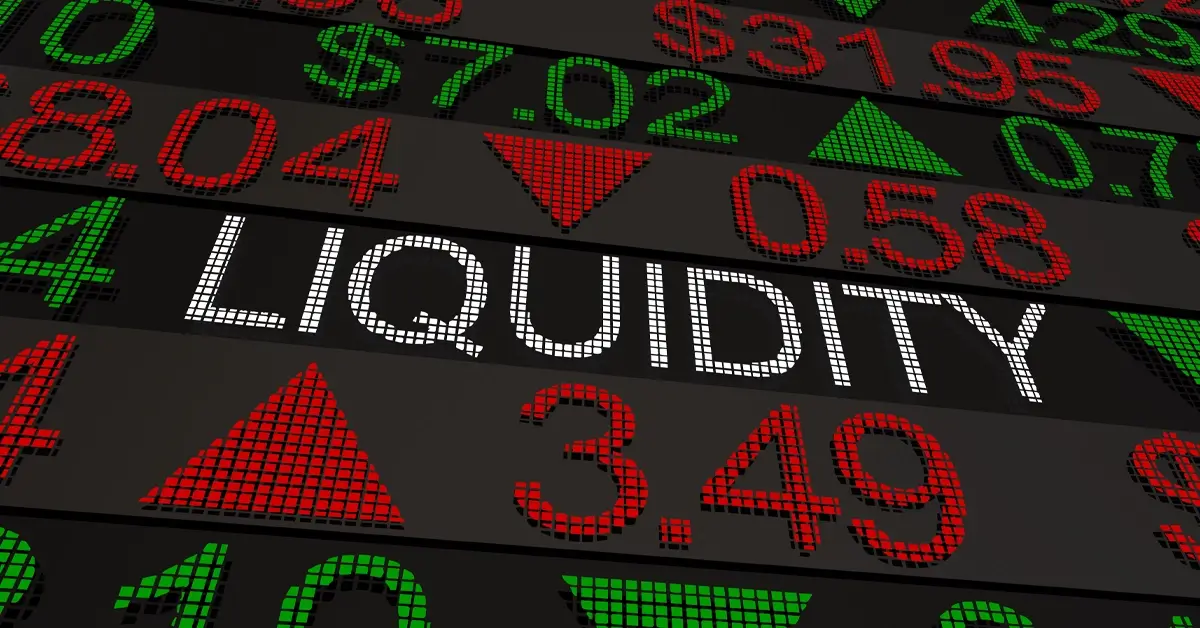Exchange Traded Funds (ETFs) are fast becoming one of the most popular investment tools for Canadians. Between 2010 and 2021 the total Canadian assets held in ETFs has grown from $35.2 billion to $237.2 billion, according to a report by Cerulli Associates. That’s a 574% total increase, and an average annual growth rate of around 52% per year!
ETFs popularity comes down to a few key factors: cost, diversity, and performance. Generally speaking, ETFs offer a lower cost way to invest in a portfolio of securities than a mutual fund, because they have lower operating expenses and ETF managers tend to charge lower fees. They are also a relatively flexible tool, which means ETFs can be created for a huge range of investment goals and strategies, creating a truly diverse menu of investable options.
Even as investors flock to these products, it’s important to understand the mechanics of how ETFs are constructed and how they trade. Which is why we’ve provided a straightforward breakdown of the process here.
How ETFs are made
The life of an ETF begins with an ETF issuer. For this example, we’ll use Harvest ETFs. Our President & CEO Michael Kovacs might have the idea to create an ETF that captures a particular investable universe. He will then work with our portfolio management team to research that universe and develop a unique investment strategy that aligns with our focus on quality. They will select a portfolio of securities or specialized index that the value of the ETF will be tied to. The way that the securities are selected can vary. A popular myth with ETFs is they are just ways to access the broad market. In fact, many ETFs, including those at Harvest ETFs, have portfolio managers who actively select the stocks. Other strategies can be passive and track a basket of stocks directly linked to a specific theme or sector.
Once the investment strategies are determined, Kovacs, our Portfolio Managers, as well as senior management will then put together a plan and file a document with the Canadian Securities Regulators that details very specifically what the ETF will invest in and how those investments are selected. The Regulator will review the documents and, once the ETF is approved, it is ready to be listed on the Toronto Stock Exchange and investors can then buy units of the ETF on the market.
To create individual investable units of this ETF, Harvest’s management will also have to make an agreement with Authorized Participants (APs) on behalf of the ETF APs are more commonly known as a designated broker or a market maker. They are usually the major Canadian banks and brokerages. Once the ETF is listed on the market, investors can buy the ETF on the market either through their financial advisors or through any brokerage that facilitates trading on the Toronto Stock Exchange. As investors buy the ETF on the market, the Authorized Participant will then go and buy the securities that the ETF will track and Harvest will issue units of the ETF. This ensures that at the moment the investor buys the ETF, they are exposed to the movements in the underlying portfolio of securities.
How ETFs trade
ETFs are, by definition, traded on open exchanges like stocks. That means they trade during market hours with a ticker symbol and experience daily fluctuations in their Net Asset Value (NAV), which is the price of a unit of this ETF. This is a key difference from mutual funds which can only be traded at the end of the day based on market close. Investors can buy units of an ETF at any point during market hours through their financial advisor or brokerage account. In this respect, they function very similarly to stocks.
One key difference between ETFs and stocks, however, is that new ETF units can be created or redeemed based on changes in supply and demand. That means an ETF issuer can create new units to trade, or take units off the market, to reflect how investors are responding to an ETF. So as investors buy on the market, new ETF units are issued. The below infographic demonstrates this dual function.
ETF dos and don’ts
While trading ETFs is a simple and straightforward process, there are a few key tips that investors should follow. The first is to know your product. Do some research on an ETF, its investment objective, its performance history, its holdings, and the track record of the ETF issuer. Make sure that any ETF you want to buy aligns with your investment goals.
If you’ve decided you want to buy that ETF, it’s important to purchase using limit orders and not market orders. A market order would buy a unit of the ETF at any price and because prices fluctuate, you would have no control over the transaction price. A limit order sets a price range that you are willing to pay and no trades will take place if the trading price of the ETF falls outside of that range.
The other key factor to watch is the “bid-ask spread,” which is something mutual funds do not have but stocks do. A “bid” is how much someone is willing to pay for a unit of the ETF, or if you were to sell that is the price you could get in the market. The “ask” is how much someone is willing to sell a unit for, or if you were to buy in the market that is the price at that moment you would pay. The “spread” is the difference between those two numbers, as you can see in the example chart below. The spread occurs in large part because as an investor is buying the ETF, the market maker is simultaneously buying the underlying stocks. The wider the spread, the more it will cost you to trade an ETF. ETFs that have stocks with wide bid-ask spreads, usually smaller capitalization stocks or global stocks tend to have relatively large spreads compared to an ETF that holds mainly large capitalization North American securities.
With an understanding of how ETFs are made, how they trade, and some key dos and don’ts, you can begin exploring the world of ETFs.
Check out our Harvest Equity Income ETFs and Harvest Growth Focused ETFs.












